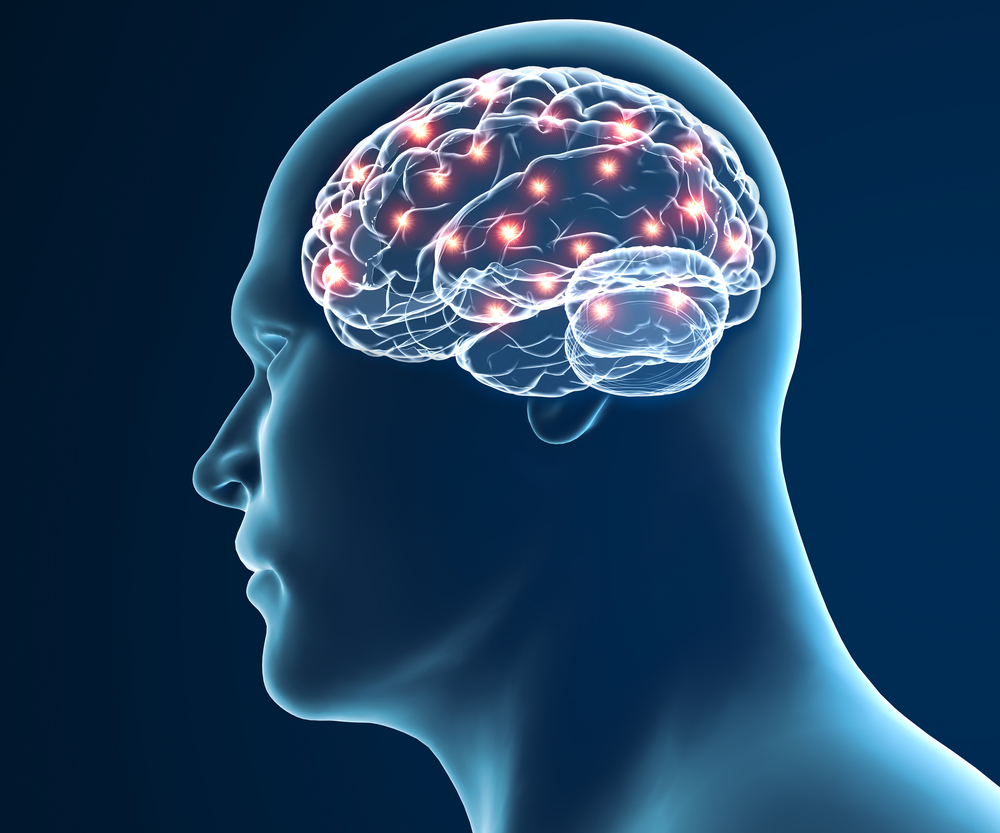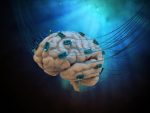AI Algorithm by Google, Mayo, Can Improve Brain Stimulation Devices

Naeblys/Shutterstock
A new type of artificial intelligence (AI) algorithm, developed by the Mayo Clinic and the Google Research Brain Team, can potentially pave the way toward more directed brain stimulation for the treatment of Parkinson’s disease and other movement-related disorders.
According to researchers, this algorithm can more accurately determine the interaction between different regions of the brain — data that will be key for improving the way brain stimulation devices are used in the real world for treating Parkinson’s.
“Our findings show that this new type of algorithm may help us understand which brain regions directly interact with one another, which in turn may help guide placement of electrodes for stimulating devices to treat network brain diseases,” Kai Miller, MD, PhD, a neurosurgeon at Mayo Clinic and the first author of the study, said in a press release.
“As new technology emerges, this type of algorithm may help us to better treat patients with epilepsy, movement disorders like Parkinson’s disease, and psychiatric illnesses like obsessive compulsive disorder and depression,” Miller said.
The results were described in the study, “Basis profile curve identification to understand electrical stimulation effects in human brain networks,” published in PLOS Computational Biology.
Brain network interactions are undoubtedly complex to study, but they can be explored by delivering pulses of electrical current in one area of a patient’s brain and measuring the responses in other areas. However, the recorded signals are usually complex to interpret and only a limited number of measurements can be made.
To address this problem, Mayo Clinic researchers developed a number of viewpoints/paradigms that help to simplify comparisons between the effects of electrical stimulation on the brain.
Based on these, and together with collaborators at the Google Research Brain Team, they created a new type of AI algorithm called “basis profile curve identification.”
“Neurologic data to date is perhaps the most challenging and exciting data to model for AI researchers,” said Klaus-Robert Mueller, PhD, member of the Google Research Brain Team and study co-author. Mueller is co-director of the Berlin Institute for the Foundations of Learning and Data, and the director of the Machine Learning Group — both at the Technical University of Berlin, in Germany.
In the study, a patient with a brain tumor underwent placement of an electrode array to locate seizures and map brain function prior to removal of the tumor. This array helped generate thousands of readings for the algorithm to use.
Each of these readings allows the creation of basis profile curves — sets of characteristic responses — that can be mapped back to the brain anatomy, helping to quantify the projection strength of each stimulated site, the researchers said. Ultimately, the AI algorithm allows for a more straightforward interpretation of the stimulation data.
With their research, the team presented what they called “a new machine learning framework to probe how brain regions interact using single-pulse electrical stimulation.”
“Unlike previous studies, this approach does not assume a form for how one brain area will respond to stimulation in another area, but rather discovers the shape of the response in time from the data,” the researchers said.
“We call the set of characteristic discovered response shapes ‘basis profile curves’ (BPCs), and show how these can be mapped back onto the brain quantitatively,” they added.
The team made the code package developed available — it can be accessed here — so that others can explore this algorithm and use it on their own data.
“Sharing the developed code is a core part of our efforts to help reproducibility of research,” said Dora Hermes, PhD, a Mayo Clinic biomedical engineer and the study’s senior author.
In Parkinson’s, deep brain stimulation or DBS is used to ease motor symptoms, especially tremor, and to decrease medication needs in some patients. DBS involves implanting electrodes within certain areas of the brain to regulate abnormal impulses. The amount of stimulation is controlled by a pacemaker-like device placed under the skin in the upper chest, which is connected by a wire to the electrodes in the brain.
Researchers are working to improve the efficacy and overall experience of deep brain stimulation — something that AI may be able to help do.








